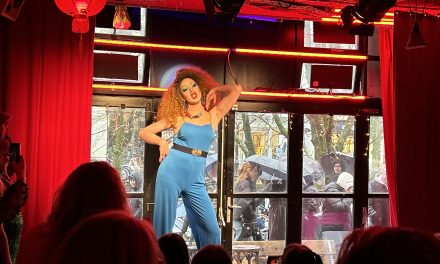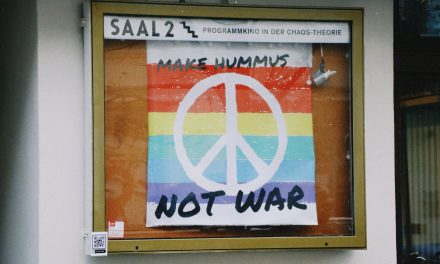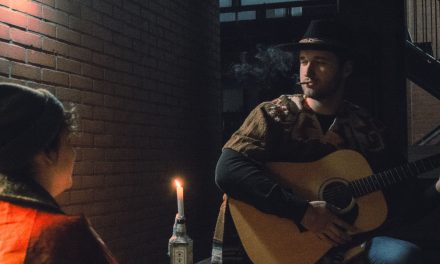35 years ago, the wall fell in one of the largest countries in Europe. 35 years later, Germany is still divided—now without a wall, but in people’s minds it still stands… just as strongly as all those years ago. According to cultural expert Chris Wunsch, can you still see this in the different architecture, on a cultural level, in political opinions, and in the differences in unemployment rates.
Chris Wunsch, Event Management at the ICI Berlin Institute of Cultural Inquiry, says there are still many cultural differences between East and West to this day. “In Berlin, it’s not that bad because so many different cultures live in one city, but once you go a bit further outside of Berlin, it’s quickly very different,” says Wunsch. “People in the East have a different mentality, background, and upbringing than those in the West. A culture like that does not just fade into the background, we should not forget that. You can still see it in everything: architecture, unemployment, and political opinions.” ICI Berlin is, in their own words, an independent research centre dedicated to exploring how diverse cultures can be brought into productive rather than pernicious confrontation.

Old typical Eastern building in Berlin – Made by Loekie Pruijn

Old typical Eastern building in Berlin – Made by Loekie Pruijn
Fall of the Wall
On November 9th, 1989, it finally happened: after 28 years of division, the Berlin Wall fell. And not only Berliners were reunited—

Between the Wall – Made by Loekie Pruijn
throughout Germany, the division seemed to disappear, right? That was the idea at the time. Germans from the East, also called Ossies, could now go to the West, to the Wessies, and vice versa. After the reunification, everything would be fine again, and divided Germany would become one Bundesrepublik Deutschland once more. However, by then, these were two completely different countries, with different cultures, norms and values, incomes, wealth, and laws. Even 35 years later, all these differences are still clearly visible in everyday life.

Kiki-Jane van Iterson at the Berlin Wall – Made by Loekie Pruijn
To this day, people from the West still hold most of the important positions throughout Germany—not only in the business world, but also in politics, science, media, and the cultural sector. North Rhine-Westphalia, Hamburg, and Bavaria seem to be the breeding grounds for Germany’s future decision-makers. One well-known important German politician comes from the East: former Chancellor Angela Merkel. However, she never spoke publicly about her past in the former GDR. Later in her career, she even admitted that her roots there were a disadvantage. (Hoeks, 2024)
Living in the East, West and Berlin
The Dutch Maria Merel has been living in Germany for about five years now. Currently in Berlin, but she previously lived in western Bremen and eastern Cottbus. “I wanted to do my master’s abroad—I was kind of done with the Netherlands, especially during the COVID period when everything was shut down. My boyfriend at the time was German and I found a nice master’s program, so I decided to
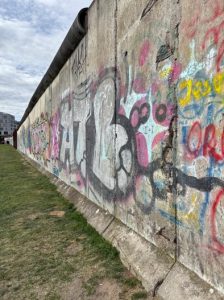
A part of the Berliner Wall full of graffiti – Made by Loekie Pruijn
move for two years. Very spontaneous of course, not knowing I would still be living there five years later.”
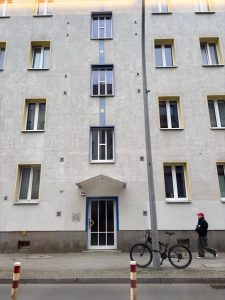
Typical East German building with small windows and a lot of concrete – Made by Loekie Pruijn
After half a year, she moved from the West to the other side of Germany, to Cottbus in the East. At first, everything seemed fun and normal. However, she noticed that people on the street looked at her differently than at her international friends. “The locals wanted nothing to do with internationals. After a while, I became mostly friends with other internationals, partly because my German was not great yet and no one there spoke English. There were many students from India and Afghanistan. The local population did not really like that,” she says. They were often yelled at, and phrases like ‘go back to your own country’ were not uncommon. “The people who said this were mostly those on the street—often unemployed people who were just trying to keep themselves busy,” says Merel. “I never experienced anything like this when I lived in Bremen. People are just very different in the West compared to the East. There is a real cultural difference, and you can see it in everything. In Berlin too, everbody is different there. It feels like i lived in three different countries.”
Unemployment stands
In eastern Germany, unemployment stands at 7.9%. That does not sound like a lot, but in western Germany, it is 6%. That is roughly 2% less (Statista, 2025). And in these kinds of numbers, 2% is a huge difference. Also, wages in East Germany are still significantly lower than those in the West. “In the former communist eastern part of the country, wages are 19 percent lower.” (ANP, 2024) Wunsch finds this incredible: “We are talking about a 19% difference—that is not nothing. Even after 35 years, which is unbelievable. The gap should have been much smaller by now. Luckily, we are heading in a better direction, and we should not forget how much we have already achieved.”

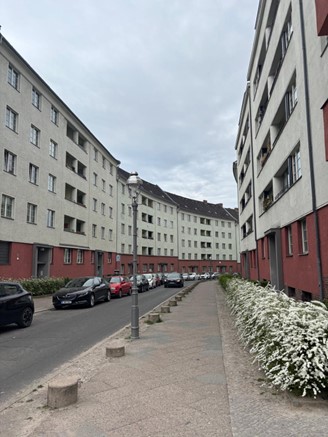
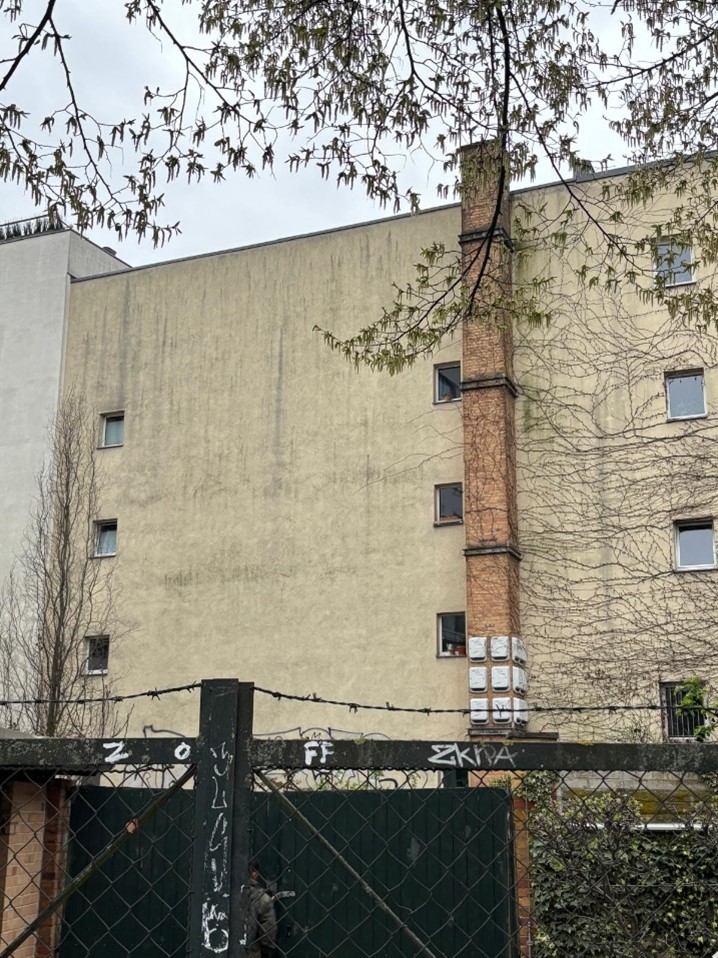
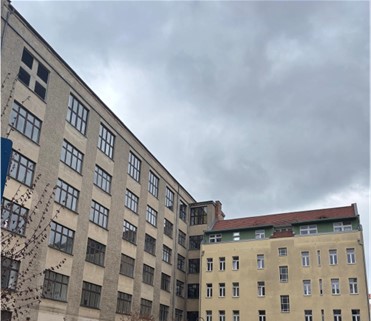


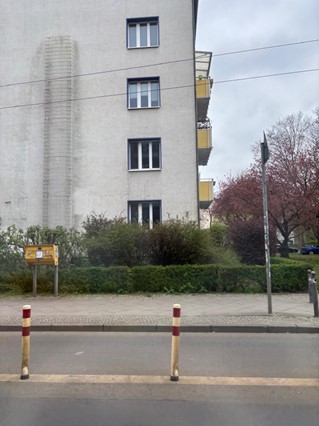
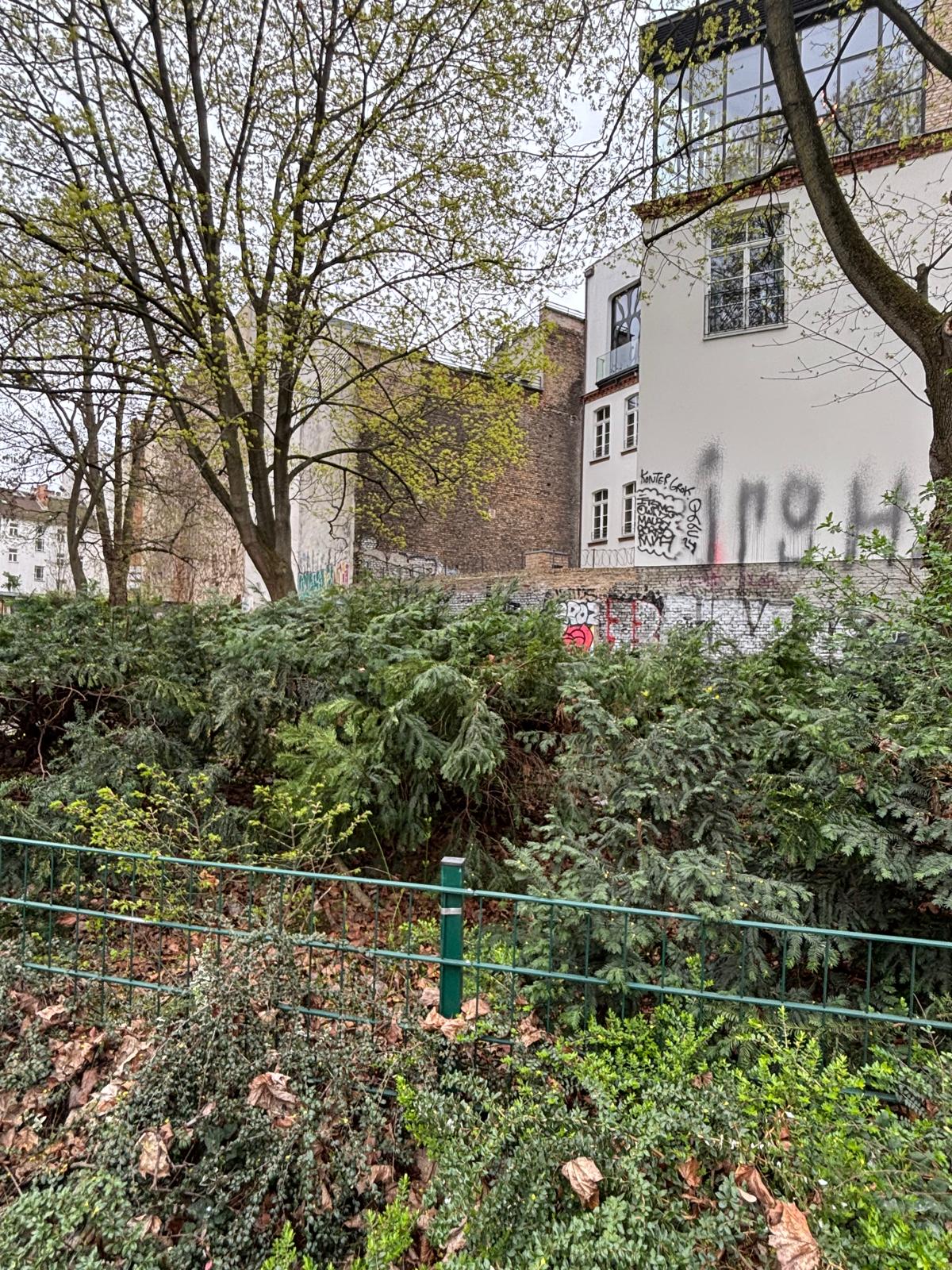
Typical East Berlin Buildings - made by Loekie Pruijn
Political contrast
Even when you look at the election results from February 23rd, you see the contrast in dissatisfaction between East and West very clearly. In eastern Germany, most people voted for the AfD—the far-right party. This party promises many things, including justice for the citizens of Germany. They also want to help Russia and stop aid to Ukraine (De Jonge & Frankenberger, n.d.). The West mostly voted for CDU/CSU. This is a left-leaning, pro-EU party that wants to continue helping Ukraine and strengthen the EU, with more funding for defense.
So, in many areas, the country is still very much divided. The fall of the wall may have just celebrated its 35th anniversary, but that wall is still standing—just no longer visible.
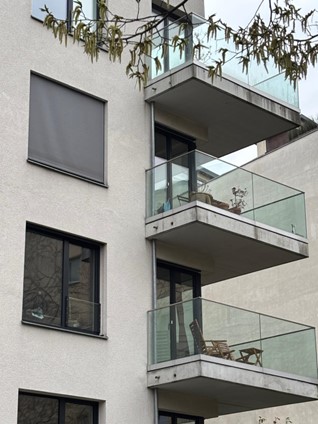
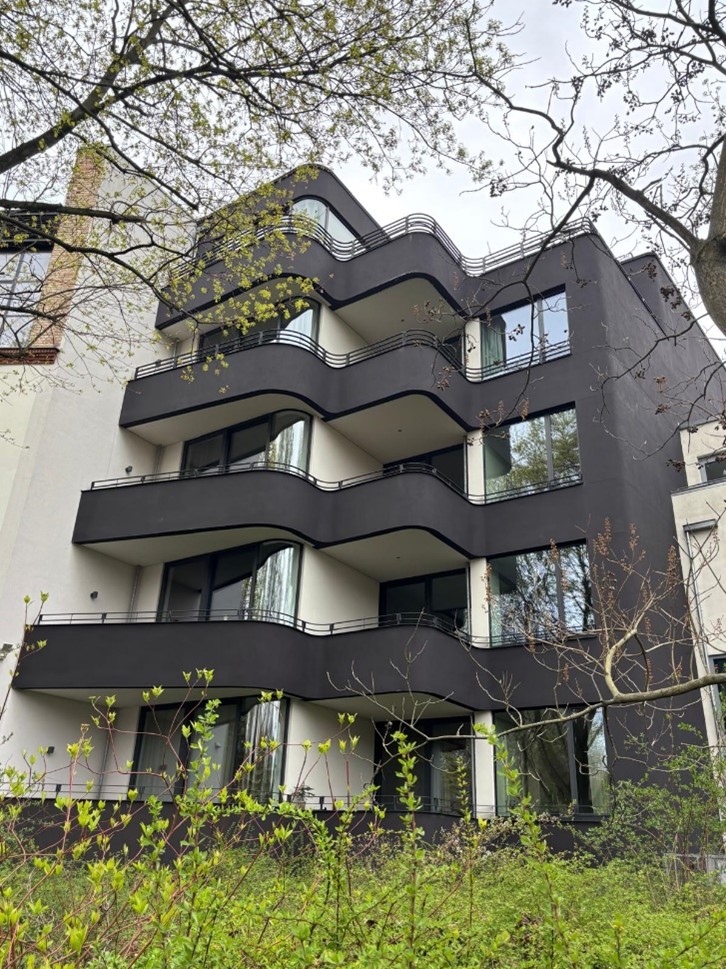
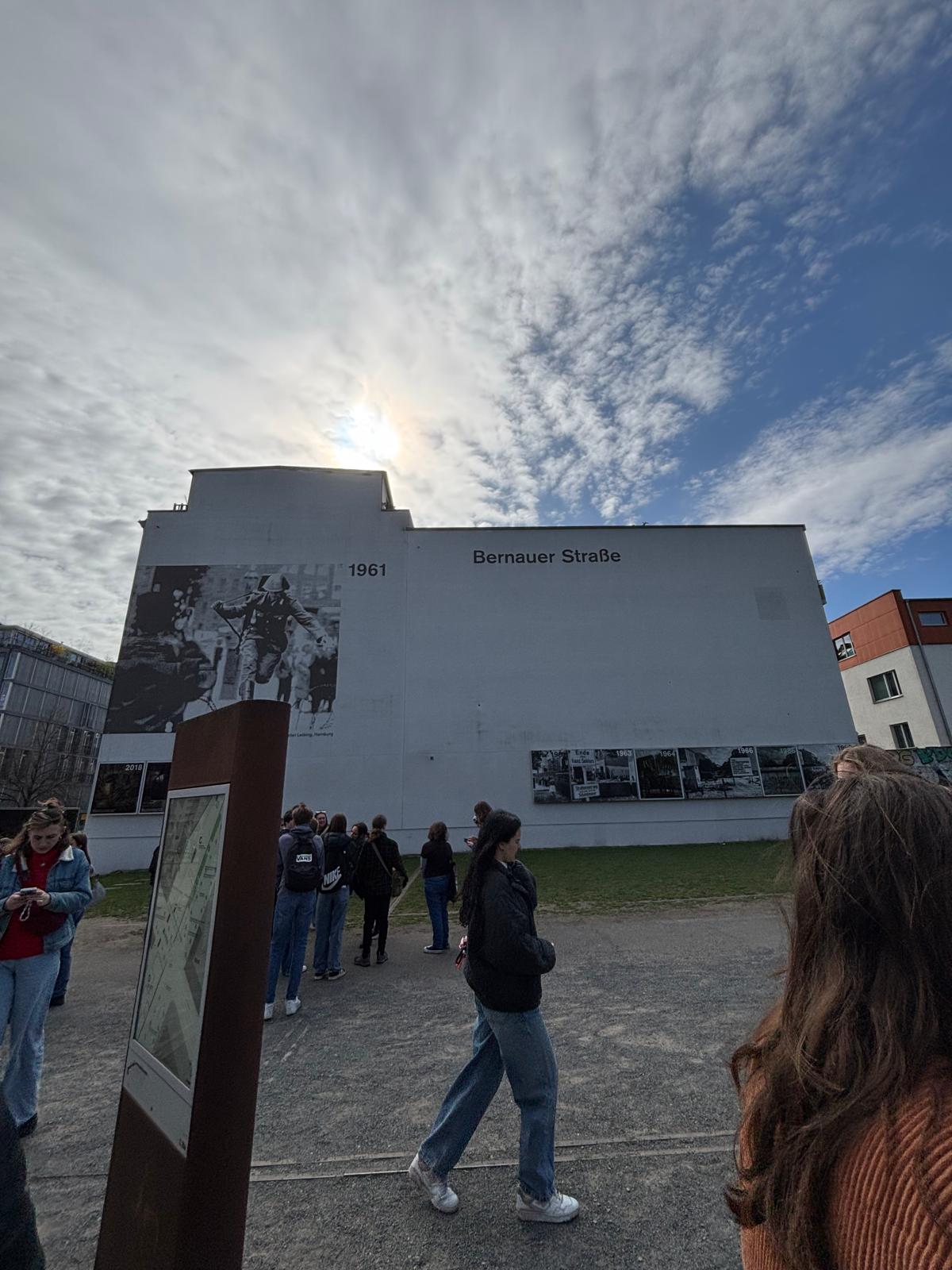


Modern Buildings in West Berlin and leftovers of the Berlin Wall
Cites
ANP. (2024, 21 oktober). Duitse vakbondsleider klaagt over achterblijven lonen in oosten. RD.nl. https://www.rd.nl/artikel/1081700-duitse-vakbondsleider-klaagt-over-achterblijven-lonen-in-oosten?utm_source=
De Jonge, L., & Frankenberger, R. (z.d.). What is the AfD? Germany’s far-right party, explained. The Conversation. https://theconversation.com/what-is-the-afd-germanys-far-right-party-explained-250218
Hoeks, G. (2024, 9 november). Thirty-five jaar na val van de Muur: bevindt Oost-Duitsland zich op een doodlopende weg? EWmagazine.nl. https://www.ewmagazine.nl/buitenland/achtergrond/2024/09/bevindt-oost-duitsland-zich-op-een-doodlopende-weg-1431020/
Statista. (2025, 16 april). Unemployment rate in Germany 2025, by federal state. https://www.statista.com/statistics/1467048/unemployment-rate-federal-states-germany/
Welt. (2019, 14 april). Ost-West-Gefälle: Im Osten wird weniger verdient und länger gearbeitet. DIE WELT. https://www.welt.de/wirtschaft/article191920843/Ost-West-Gefaelle-Im-Osten-wird-weniger-verdient-und-laenger-gearbeitet.html
For translation and translation only. From Dutch to English. ChatGPT. https://chatgpt.com/c/680b4f7d-b930-8009-8a82-edb3399b5c72


